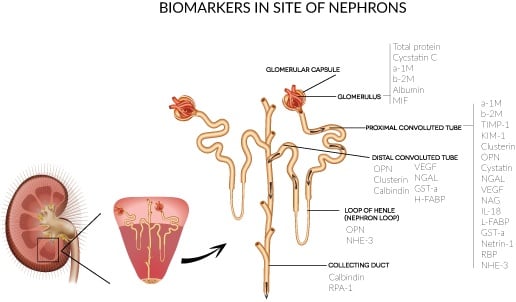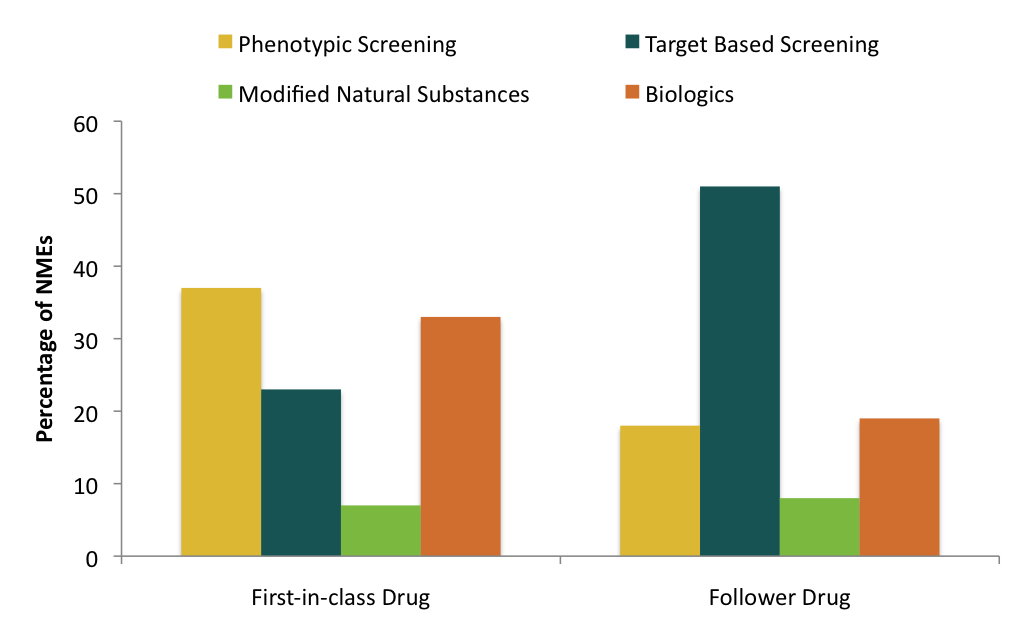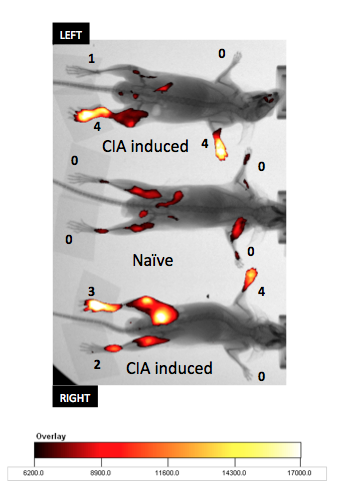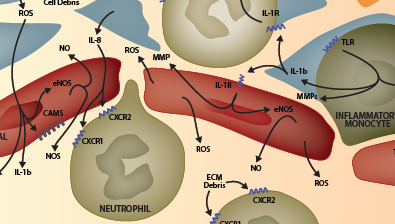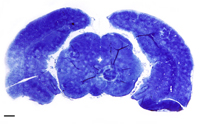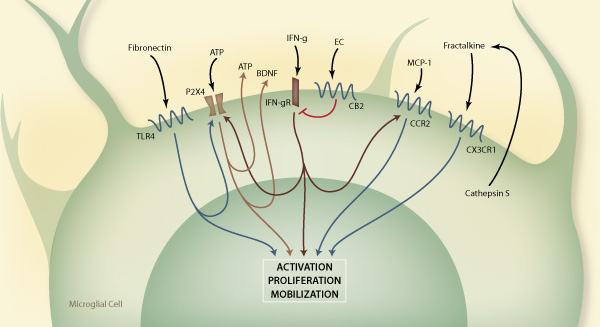MD Biosciences will be attending the Association for Molecular Pathology 2015 Conference in Austen Texas on November 5-7. The conference will focus on “realizing the dream of precision medicine”. As a CLIA lab, we are looking forward to meeting with our colleagues in the diagnostic industry and discussing the latest updates in testing and treatments in cancer and infectious diseases. Additionally, we are excited to hear about the cutting edge research occurring in clinical translational medicine and pharmacogenomics. Please contact us at info-us@mdbiosciences.com if you would like to meet at the conference. Stay tuned for our blog recap of the event.


